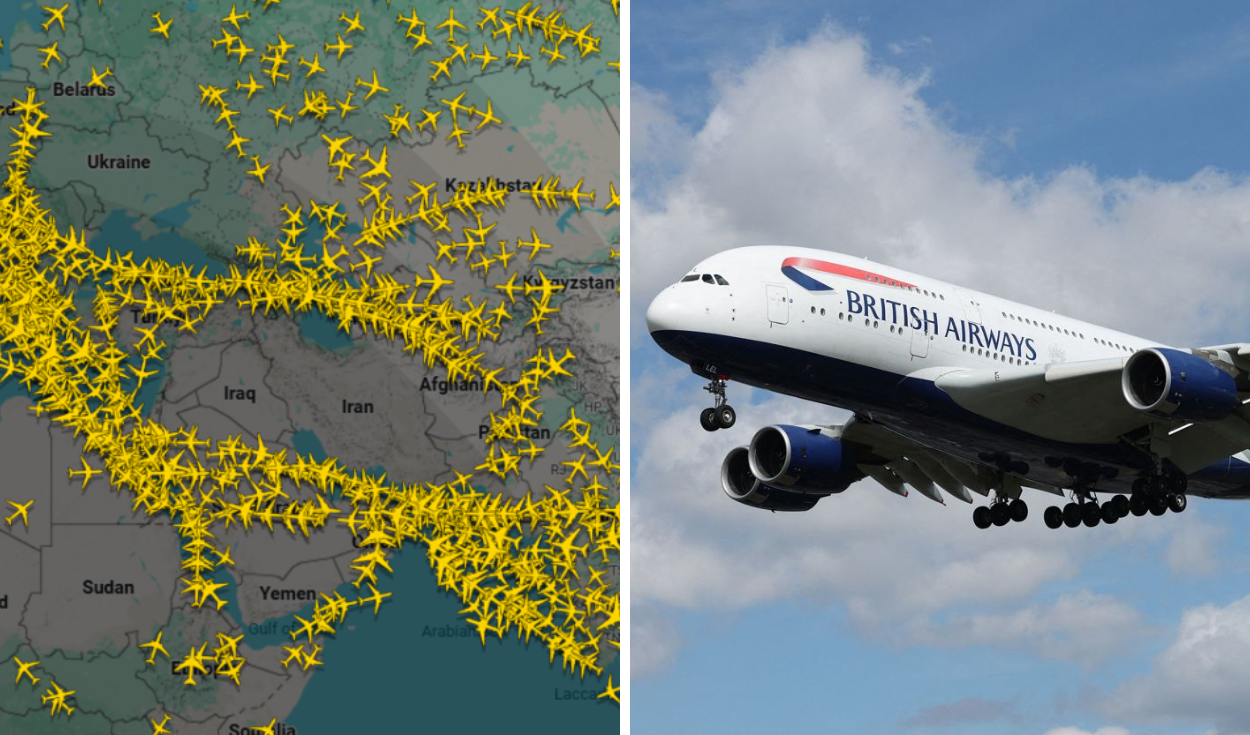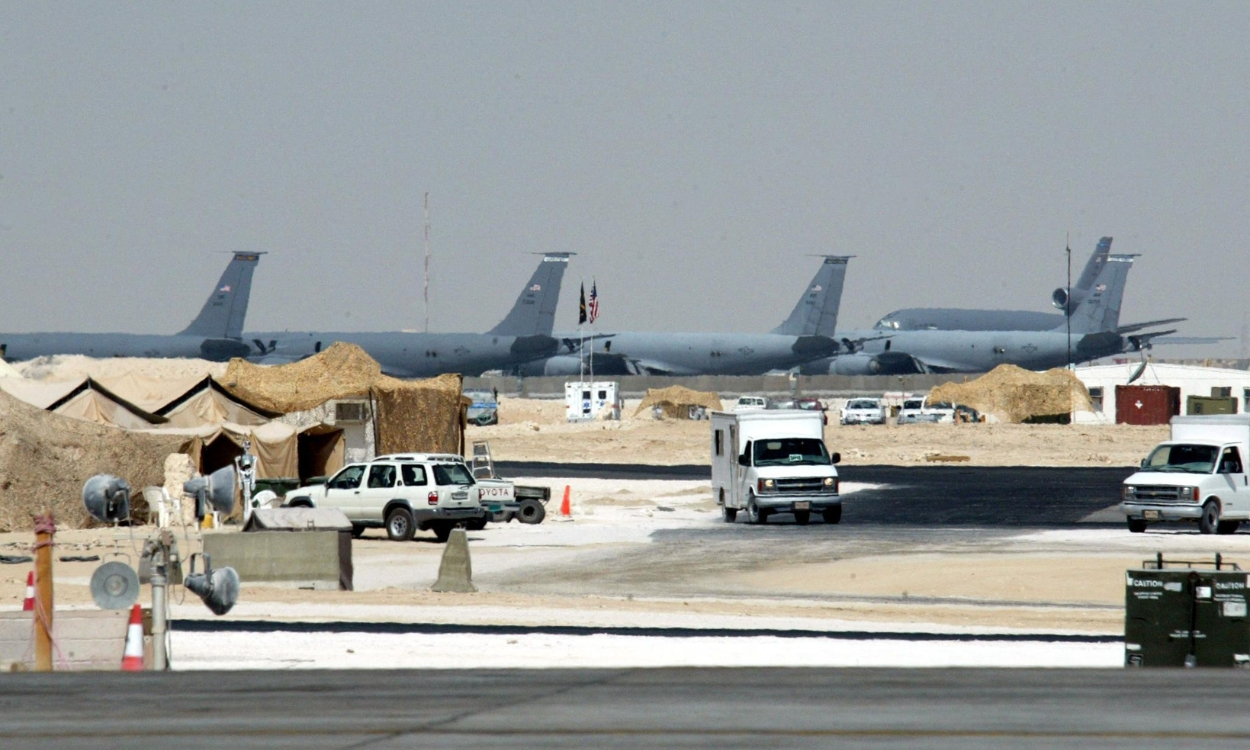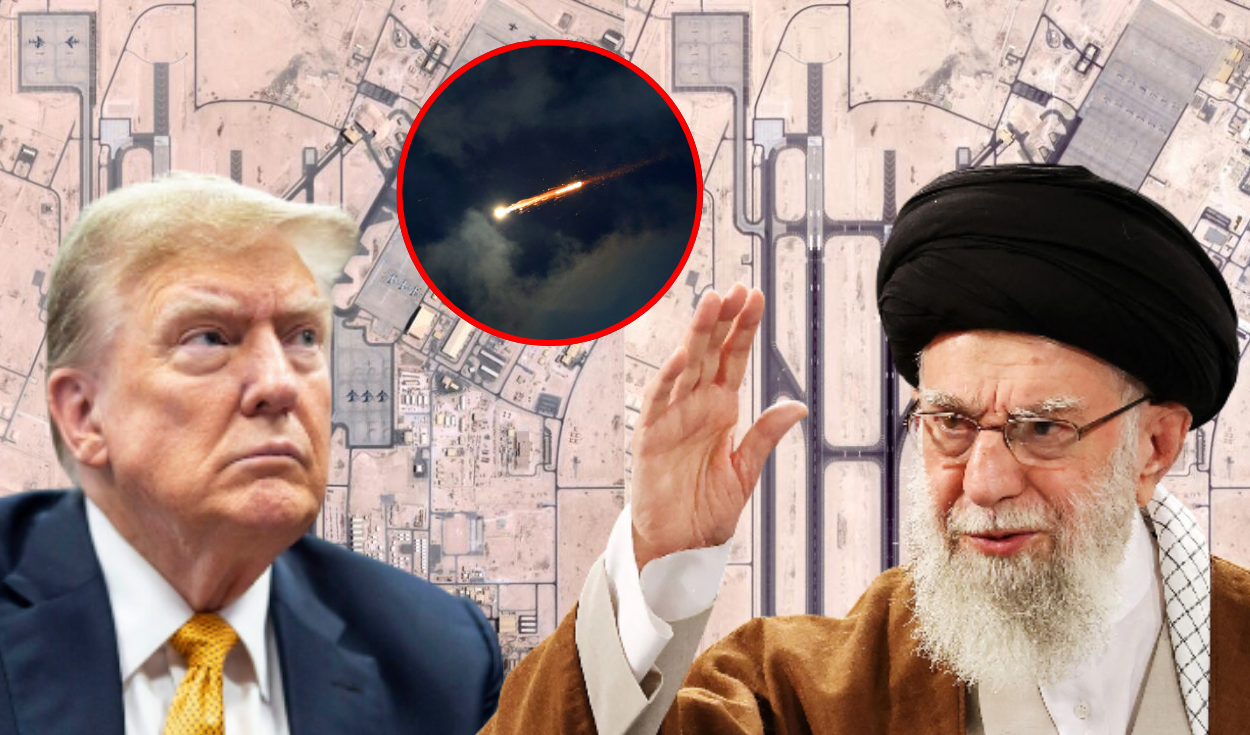This is the exact moment ‘Cuchillo’ was captured in Colombia for the Pataz massacre
Captured in Colombia, “Cuchillo” — the alleged mastermind behind Peru’s worst mining massacre in years — now faces justice as shocking new details emerge about his escape, capture, and ties to a deadly criminal network.

Miguel Rodríguez Díaz, known as "Cuchillo," was apprehended in Medellín, Colombia. He is the primary suspect in the massacre of 13 miners in Pataz, Peru. The arrest resulted from coordinated efforts between Peruvian and Colombian authorities, along with Interpol. A red notice had been issued for Rodríguez Díaz, facilitating his capture.
Rodríguez Díaz's lawyer, Kevin Díaz, reported that his client was arrested during a legal consultation via video call. During the call, Colombian police intervened, instructing those present to lie on the ground. Rodríguez Díaz had previously traveled to Venezuela before returning to Colombia, where he was detained.

ALSO SEE: Why did Taylor Schabusiness attack her lawyer and lose her legal defense? Here's what we know
Alleged Pataz massacre mastermind captured amid rising violence in Peru’s mining regions
The Pataz massacre occurred earlier in May when 13 miners were kidnapped and killed by illegal mining groups linked to criminal organizations. This incident highlighted the escalating violence in Peru's mining regions, prompting the government to establish a military base in the area.
Interpol's red notice described Rodríguez Díaz as dangerous, prone to evasion, and violent. He is accused of ordering approximately 20 armed individuals to violently enter a mining tunnel in Pataz, leading to the miners' deaths. The charges against him include aggravated homicide, kidnapping, and involvement in a criminal organization.
Peru targets criminal network behind Pataz massacre amid billion-dollar illegal gold trade
In addition to Rodríguez Díaz's arrest, Peruvian authorities issued a preliminary detention order for Liliana E. Pizán Chirado, suspected of obstructing justice. Both individuals are believed to be part of a criminal organization operating in the region. The Peruvian Public Ministry continues to investigate the case, aiming to dismantle the network responsible for the massacre.
Illegal gold mining in Peru has become more lucrative than drug trafficking, generating an estimated $3 to $4 billion annually. This surge in illegal mining activities has led to increased violence and instability in regions like Pataz. The government's response includes heightened security measures and ongoing investigations to combat these criminal enterprises












